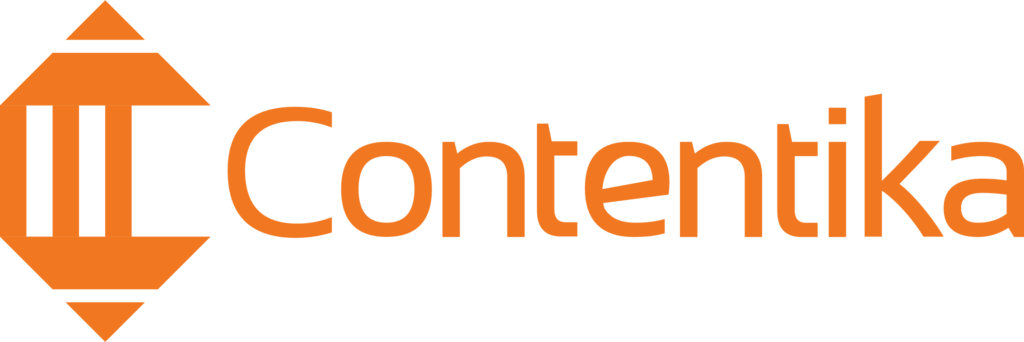
What is Content Operations and Why Should You Care?
Here’s a quick question. How do blockbuster movies get to make it to the big screens? Was it because there was a great story that someone wanted to share? Or, was it through the combination of great actors, cameramen, and directors who had the required skills to bring the story to life? Or perhaps, it was through the big movie studio that had the means to produce and distribute the movie? As you can probably guess, the answer is all of the above and more. Importantly, it was through a combination of processes and people working together efficiently to make sure the final product was delivered on time and met the required standards. This demonstrates that to get a story from the screenwriter’s brain onto the big screen, a lot of people and a lot of work have to come together behind the scenes. Pun intended! The same can be said of the content that appears on your website or blog. There’s a lot more that goes into getting that content onto your site or social media platform than just having a great idea and creating an awesome piece of content. To get that content onto your site, have it look the way you want, and have your audience interact with it, a lot of people and a lot of work have to come together. This process, dear reader, is what is called content operations. Content operation is the process of creating, managing, and delivering content. It includes everything from planning and creating content to publishing and distributing it. In other words, it’s the process that takes your content from idea to reality. And just like movie operations, content operations require a team of people with different skills and knowledge working together to get the job done. This post discusses content operation, its benefits, components, and how to implement it. Components of Content Operations Any organization’s content operations revolve around 3 main pillars: people, processes, and technology. People People are the most important pillar of content operation and can be likened to its heart for several reasons. First, people create content. Content does not write itself- people have to come up with ideas and put them into words (or other formats). Second, people edit and publish content. Even if someone else writes the initial draft, someone else will have to review it and make sure it is accurate and meets any required standards. And finally, someone has to decide how to manage and distribute the content. There are many different ways to do this, and the right choice depends on the specific needs of the organization. The bottom line is that people are essential to the content operation. Without them, there would be no pieces of content to manage or distribute! Content operation can depend on a wide range of professionals ranging from content creators and editors to graphics & web designers, SEO specialists, and project managers. Each person has a different role to play and each plays an important part in making sure your content is created, managed, and delivered effectively. Process If people are the heartbeat of content operation, then the process is the system that keeps it working and in good health. Process involves several different activities, including creating editorial calendars, developing style guides, and establishing workflow procedures. A well-designed content process will also take into account the different stages of the content lifecycle, from ideation to publishing to post-publication promotion. It will also clearly define the roles and responsibilities of each team member, ensuring that everyone knows what they need to do to keep the process running smoothly. Furthermore, having a structured process ensures that content is produced in a timely and consistent manner and that it meets the needs of both the organization and its audience. A typical process in content operation would be as follows: Technology The third and final pillar of content operations is technology. Technology plays a vital role in content management and distribution, and the right tools can make all the difference in ensuring that your content is seen by the right people at the right time. Some of the most common tools used in content operations include: Project Management & Scheduling Tools From start to finish, project management and scheduling tools play an important role in content operations. By keeping track of deadlines, assigning tasks, and monitoring progress, these tools keep team members aware of their responsibilities and help ensure that projects stay on schedule. In addition, project management tools can help to identify potential bottlenecks and risks, allowing teams to take proactive steps to avoid problems. And when problems do arise, scheduling tools can be used to quickly reschedule work and keep the overall project on track. Examples of these tools include: Content Execution Tools Content execution tools are the tools your team uses in creating the content type that is being published. This can be anything from a word processor for creating blog posts to design software for creating infographics to video or image editing software. From writing and editing to design and layout, content execution tools are used at every stage of the content creation process. And with the ever-growing list of options available, there is sure to be a tool that meets your specific needs. Some of the most popular content execution tools include: Analytics & Reports Tools that provide data and insights into how your content is performing are essential for content operations. By understanding what content is popular with your audience, you can adjust your strategy accordingly and ensure that your time and resources are being spent on the right things. Additionally, analytics tools can help identify any potential problems with your content or distribution channels so that you can take corrective action. Some of the most popular analytics and reporting tools include: Inventory/Asset Management System An inventory management system is a tool that helps content teams keep track of all their content assets in one central location. This can be anything from










